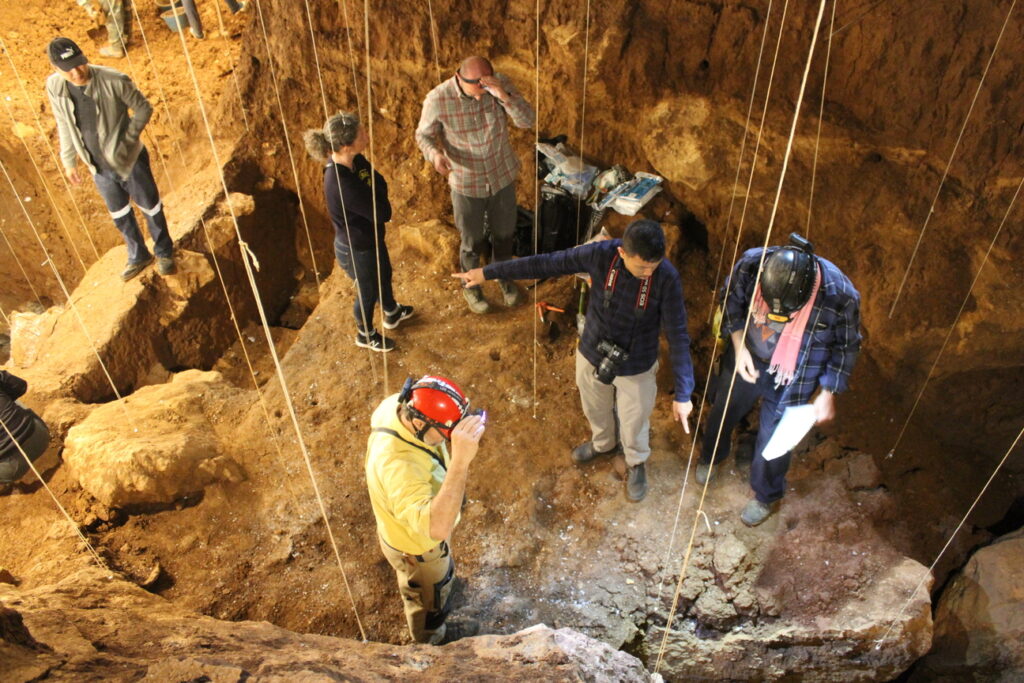A geoarchaeologist from the Philippines was part of a team of 31 international researchers in Laos whose discovery remarkably changed the approximate time of arrival of Homo sapiens from Africa to Southeast Asia.
New findings from Tam Pà Ling Cave (“Cave of Monkeys”) in northern Laos suggested that the presence of modern humans in the region dates back to 86,000 years ago, which is 20,000 years earlier than previously thought.
“This discovery is helping us better understand the distribution of our direct ancestors at a time when we know other populations of humans, now extinct, existed,” Vito Hernandez, the Filipino member of the international research team, said.
Hernandez, a post-graduate research fellow at Flinders University in South Australia, further said that their research proved that early modern humans in the region didn’t just follow coastlines and islands but they also traveled through forests and valleys as they moved eastward.
Tam Pà Ling Cave is near the recently discovered Cobra Cave, which was frequented by Denisovans about 70,000 years ago. Scientists believe that this part of Southeast Asia might be previously used as a dispersal route by early humans.
“Analyses of the fossils in Tam Pà Ling suggest that these early modern humans were part of an immigrant population, but whether their genetic line successfully survives in current populations is yet to be determined,” Hernandez added.
The groundbreaking discovery was published in Nature Communications, a multidisciplinary online journal dedicated to publishing high-quality research.
